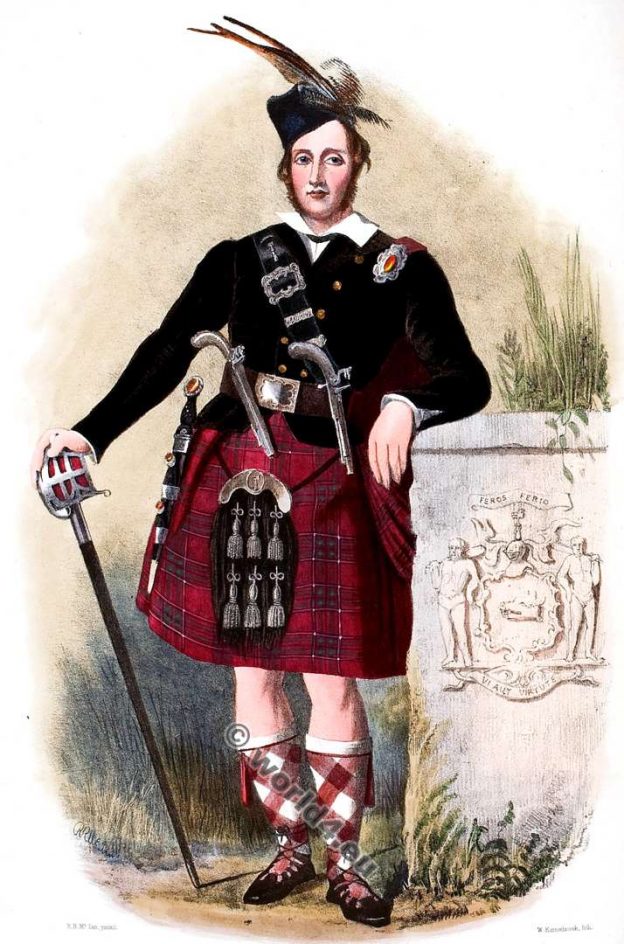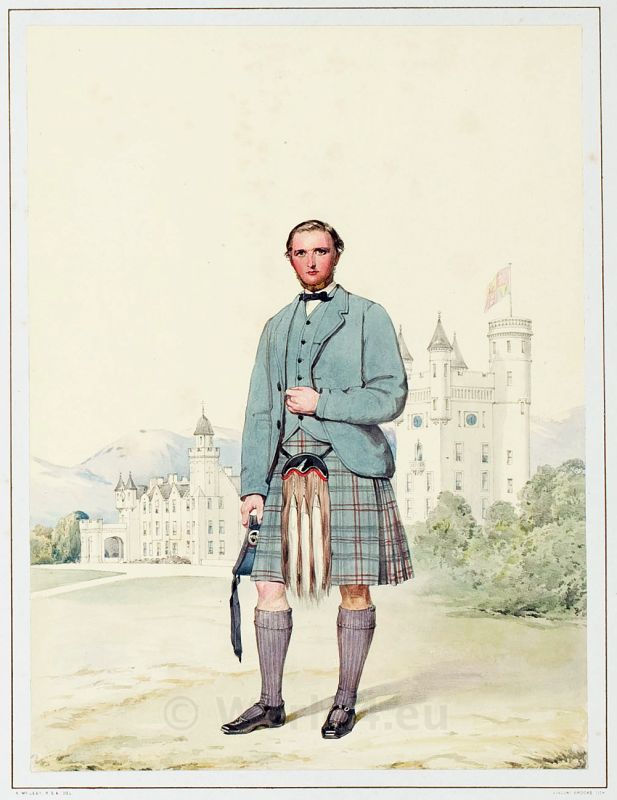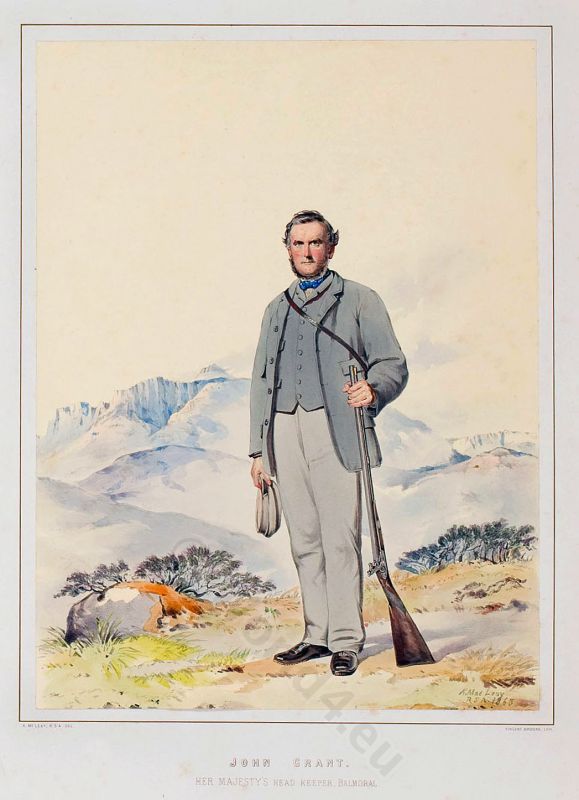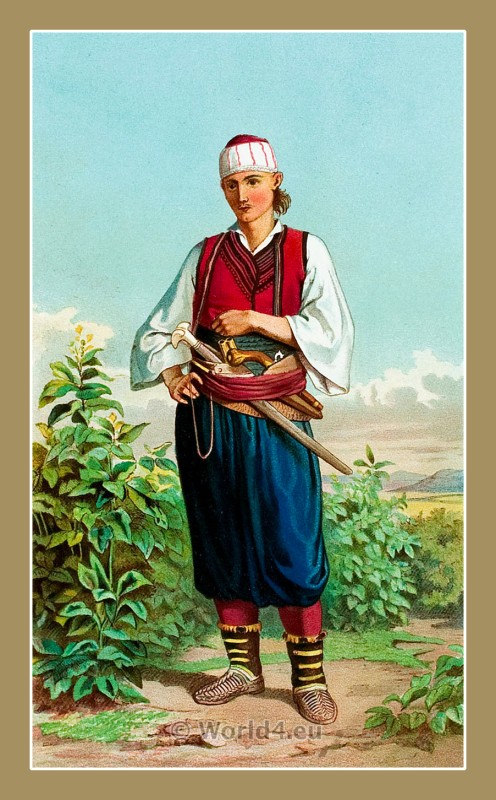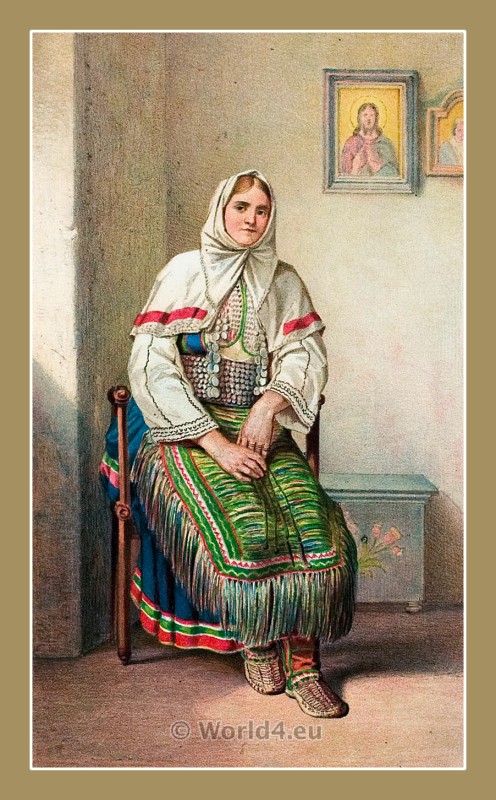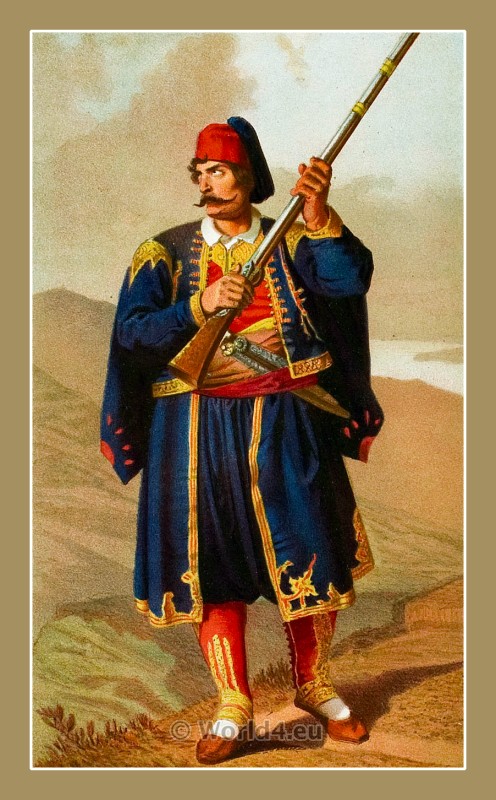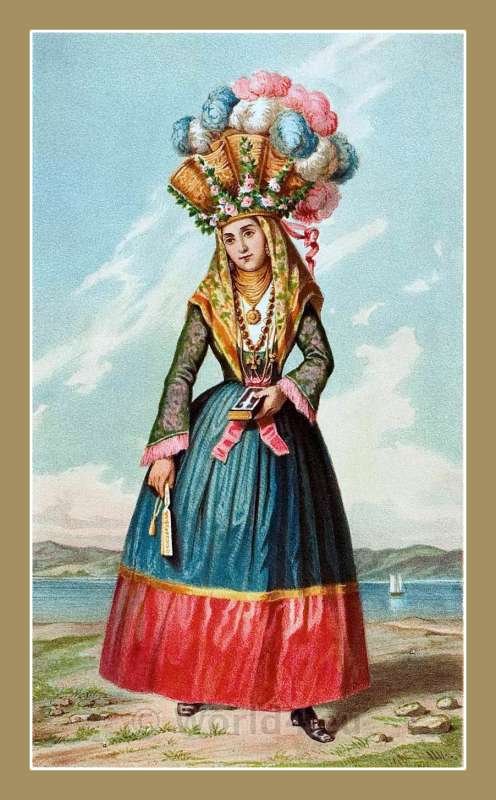Scottish Clann Siosal, or the Chisholms. Displaying Their Dress, Arms, Tartans, Armorial Insignia. History of the Chisholms, with genealogies of the principal families of the name.
Category: 19th Century
Archibald Anderson Brown. The Highlanders of Scotland.
Archibald Anderson Brown. H.R.H. PRINCE LEOPOLD`S VALET.
JOHN GRANT (1810-1879) at Loch-na-Gar, Aberdeenshire.
JOHN GRANT (1810-1879) at Loch-na-Gar, Aberdeenshire. HER MAJESTY`S HEAD KEEPER AT BALMORAL.
Piper William Macdonald. The Prince of Wales Piper.
WILLIAM MACDONALD. H.R.H. The Prince of Wales Piper. Dressed in the tartan of the Duke of Rothesay, one of H.R.H.`s titles.
A man from Doljani, Bosnia and Herzegovina in 1870.
A man in traditional clothing from Doljani, Bosnia and Herzegovina in 1870. (MUŠKA NOŠNJA IZ DOLJANI) Doljani is a village in Bosnia and Herzegovina. It is located in the municipality… Read More
A woman from Benkovac in Dalmatian Croatia. The Serbs in the Adriatic.
The Serbs in the Adriatic. Their types and costumes 1870-1878.
A man from Imotica, Croatia. The Serbs in the Adriatic.
The Serbs in the Adriatic. Their types and costumes 1870-1878.
Traditional stonemason from Senj Croatia in 1870.
Stonemason from Senj. The Serbs in the Adriatic. Their types and costumes 1870-1878.
Orebić, Dubrovnik-Neretva, Croatia. Girl in traditional costume.
The girl’s costume from Obernik Orebić, a port town and municipality in the Dubrovnik-Neretva county in Croatia on the Dalmatian coast, is probably of greatest interest
Woman from Šibenik, Croatia. The Serbs in the Adriatic.
The Serbs in the Adriatic. Their types and costumes. Published 1870-1878.

